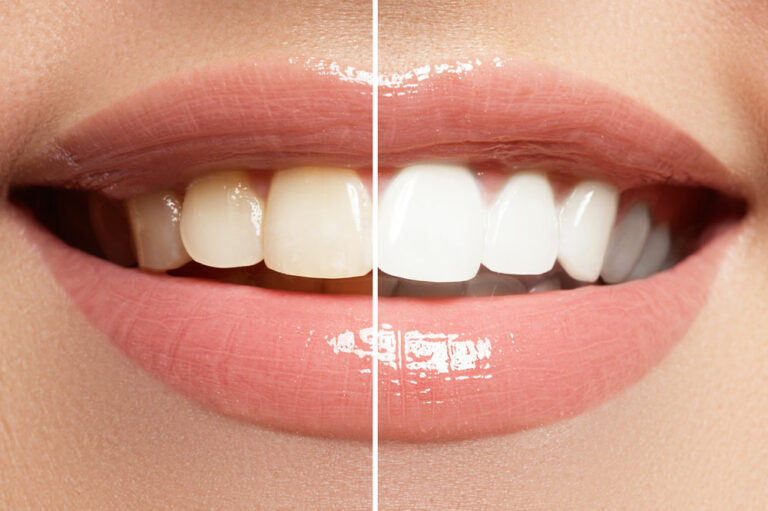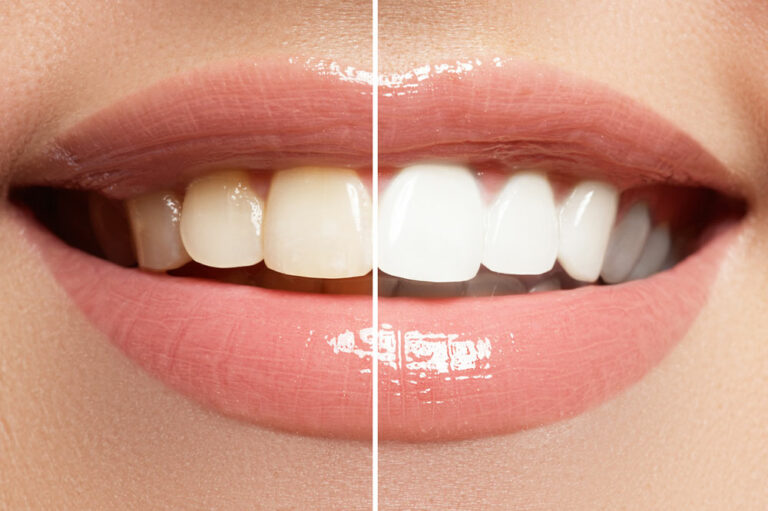
health
6 techniques to prevent migraine before sleeping
Migraines are not normal headaches as they can develop abruptly and cause severe throbbing pain and a pulsing sensation on one side of the head. These symptoms are usually accompanied by increased nausea, vomiting, and light sensitivity making it even more painful to manage in broad daylight. Migraines can also develop at night, thus affecting sleep. So, it is better to make favorable lifestyle changes to prevent these headaches from wreaking havoc at night. Avoid heavy meals Eating a heavy meal right before bed is never a good idea. Doctors advise eating a couple of hours before and allowing the body to digest the foods. Also, it is better to avoid stimulant beverages like caffeine at night. To prevent migraines, it is best to drink enough water throughout the day and refrain from drinking a lot of water before bed. A full bladder can break the sleep cycle, and exertion can trigger migraines. Limit the use of electronic devices Smartphones can be tempting to use at night with all the information overload that is happening daily. But the blue light emitted from electronic viewing devices tricks the brain into thinking it’s daytime. This affects the body’s natural sleep-wake cycle making it difficult to fall asleep. The resulting distress can cause migraines. Skip the nightcaps It is advisable to skip the nightcaps since these beverages affect metabolic and sleep cycles. While these beverages tend to induce drowsiness, excess consumption also causes dehydration. When the body loses more fluids, it can trigger headaches and worsen migraine attacks. Don’t rely too much on sleep aids Melatonin patches are sleep aids given to people who have insomnia. But most sleep aids only induce short-term sleep and cannot guarantee productive results. Increased dependency can cause withdrawal symptoms when the patches are no longer effective. Instead, incorporate healthy habits that naturally promote better sleep to prevent headache triggers.










